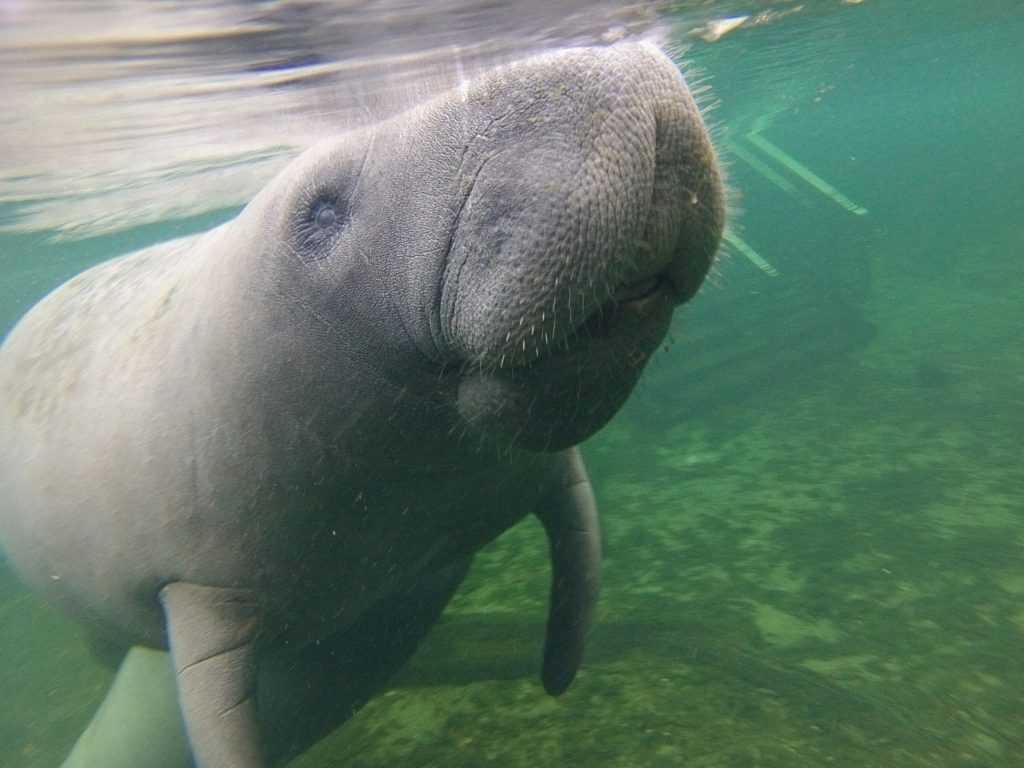BLUE SPRING STATE PARK
MANATEES AT BLUE SPRING STATE PARK
Blue Spring State Park is home to a first-magnitude spring that is one of the largest winter gathering sites for manatees in Florida.

Blue Spring State Park is home to a first-magnitude spring that is one of the largest winter gathering sites for manatees in Florida.
Blue Spring State Park is home to a first-magnitude spring that is one of the largest winter gathering sites for manatees in Florida.

Blue Spring State Park is home to a first-magnitude spring that serves as one of Florida’s most important winter meeting spots for manatees. Hundreds of manatees can be seen in the winter months, enjoying the steady 72-degree spring water.
Manatees rely on warm water to survive because they can’t stay in water that’s below 68 degrees for long periods of time. Despite their blubbery appearance, manatees contain just about an inch of fat and a poor metabolism, making it difficult for them to stay warm. Because of this biology, sanctuaries like Blue Spring are critical to their existence.
Manatees are susceptible to cold stress syndrome during the winter months, which is similar to hypothermia, pneumonia, or frostbite in humans and can be fatal. If a cold-stressed manatee is sighted at Blue Spring, park staff and other agencies will keep an eye on it and provide whatever assistance it requires.
The boardwalk that spans a third of a mile from the St. Johns River to the headspring allows tourists to see manatees swimming in the crystal-clear spring water. The boardwalk is an excellent place to observe the manatees while remaining secure. Visitors can observe manatees mingling and mothers nursing their young calves without disturbing or influencing their natural behavior.
The number of manatees visiting the park has increased dramatically, from roughly 36 in the 1970s when studies began to over 500 presently. Despite the fact that manatees face numerous dangers such as habitat loss, pollution, algal blooms, and collisions with vessels, Blue Spring State Park provides a secure haven for these gentle creatures.
The park is also a great place to reintroduce manatees to the wild once they’ve recovered from illness or injury. Manatees can be easily observed at the spring and in the nearby waters, allowing researchers to ensure that they adapt to life in the wild.
In the summer, some manatees come to Blue Spring to give birth to their calves in a safe environment. Blue Spring State Park has formed a Manatee Observer Volunteer program in collaboration with numerous other organizations to ensure that the manatees are not disturbed and to educate visitors about these fascinating marine mammals.
Note: This is not the official Park website. However, it is an easy-to-use site, with everything you need to plan a trip.

We Guide People to Plan Their trips to Parks
© 2025 . All rights reserved.